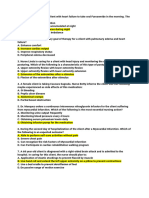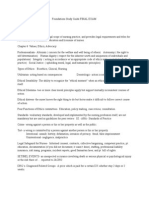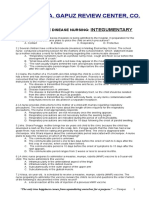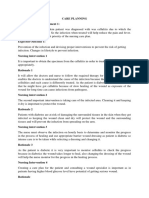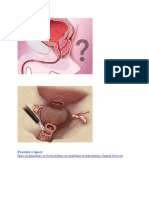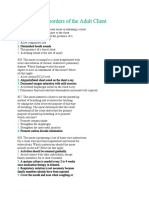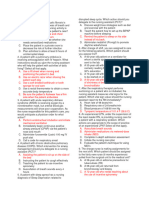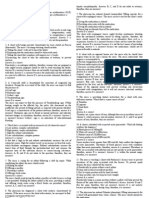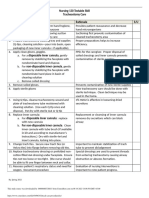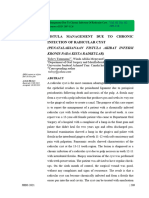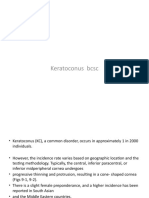0% found this document useful (0 votes)
55 views29 pagesOncology Brunner Reviewer
The document provides a comprehensive overview of oncology nursing, covering cancer types, precision medicine, health disparities, and the pathophysiology of cancer. It outlines the roles of nurses in cancer prevention, detection, diagnosis, and treatment, emphasizing the importance of early detection and personalized care. Additionally, it details cancer staging and grading, diagnostic tests, and the nursing responsibilities associated with cancer care.
Uploaded by
teddybearnimrbean1Copyright
© © All Rights Reserved
We take content rights seriously. If you suspect this is your content, claim it here.
Available Formats
Download as PDF, TXT or read online on Scribd
0% found this document useful (0 votes)
55 views29 pagesOncology Brunner Reviewer
The document provides a comprehensive overview of oncology nursing, covering cancer types, precision medicine, health disparities, and the pathophysiology of cancer. It outlines the roles of nurses in cancer prevention, detection, diagnosis, and treatment, emphasizing the importance of early detection and personalized care. Additionally, it details cancer staging and grading, diagnostic tests, and the nursing responsibilities associated with cancer care.
Uploaded by
teddybearnimrbean1Copyright
© © All Rights Reserved
We take content rights seriously. If you suspect this is your content, claim it here.
Available Formats
Download as PDF, TXT or read online on Scribd
/ 29

